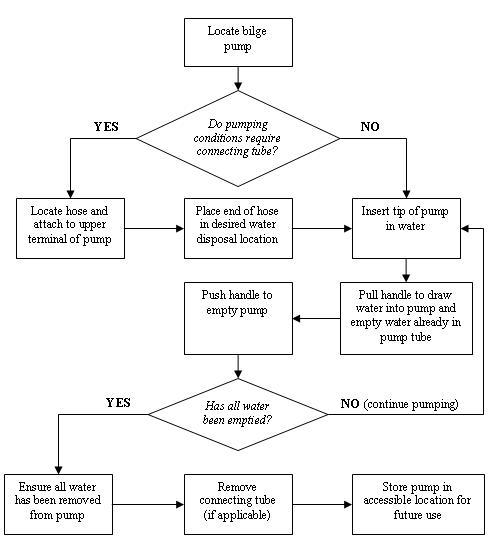Siphon
From DDL Wiki
Contents |
Product Purpose
Customer Needs
Stakeholders
Consumer Demographics
Product Function
Product Use
Bill of Materials
Failure Mode and Effects Analysis (FMEA)
Design for X (DFX)
Design for Manufacturing and Assembly (DFMA)
DFM and DFA refer to analysis and design strategies that aim to understand how a product is made and how the manufacturing and assembly steps in its production can be improved. The DFMA process is advantageous for a designer’s consideration due to the tremendous cost benefits that accompany the simultaneous analysis of DFM and DFA and the interface between the two methods. The use of these methodological tools can reduce costs, decrease labor, cut production times, decrease part counts, and improve the overall design quality.
Design for Manufacturing (DFM)
The primary goal of the DFM process is to analyze the manner in which the component parts of a product are made. By examining how things are manufactured, this process can be optimized so that parts can be produced efficiently and economically while adhering to design constraints. In order to optimize a manufacturing process, cost factors must be taken into account along with time, labor, environmental, and quality concerns. The list below details some of the ways in which DFM was likely incorporated into the design of the siphon:
- Tube and attachment are both extruded, which allows for less wasted plastic and ultimately greater efficiency and lower cost in mass production
- Tolerance between siphon attachment converger and tube is loose enough to allow small expansions of plastic tubing for tight fit in assembly, which prevents parts from being discarded owing to fitting problems
- Product contains no materials that are difficult or expensive to manipulate in manufacturing process (e.g., rubber, glass, metal)
The analysis above suggests that the product has been designed well for manufacturing. Despite its simplicity, the siphon design manages to reduce manufacturing costs through its choice of materials yet retains a high degree of durability. However, one improvement that might be made is to use an injection molding process to make the siphon attachment converger instead of forging, as this manufacturing switch would allow the process to become more cost effective.
Design for Assembly (DFA)
The objective of DFA is to improve product quality and reduce costs by optimizing a product's design and assembly process. DFA goals are predominantly achieved through simplifying a product, reducing part counts, and designing components that can be easily managed and installed. The follow list describes how DFA was probably applied to the design of the siphon:
- Product design uses sleeve fitting instead of fasteners to reduce part count, thereby decreasing cost and complexity
- All components are axisymmetric about radial axis and have enough friction to facilitate handling and manipulation
- Parts are not too big or heavy due to light plastics used in design, which makes handling easier
- Stackable nature of siphon attachment converger reduces storage space through compact design
- Simple and clear product design (with terminals that can only be connected with correct parts) facilitates assembly
From the aforementioned analysis, it is evident that great care has been taken to optimize the assembly process for the siphon. Owing to the straightforward nature of the product design, the design for assembly of the siphon is nearly optimal, as it avoids superfluous complexities and allows for easy handling.
Design for Environment (DFE)
Economic Input-Output Life Cycle Assessment (EIO-LCA)
Quantitative Analyses
Prepared for: 24-441 Engineering Design Course (Fall 2007), Carnegie Mellon University

